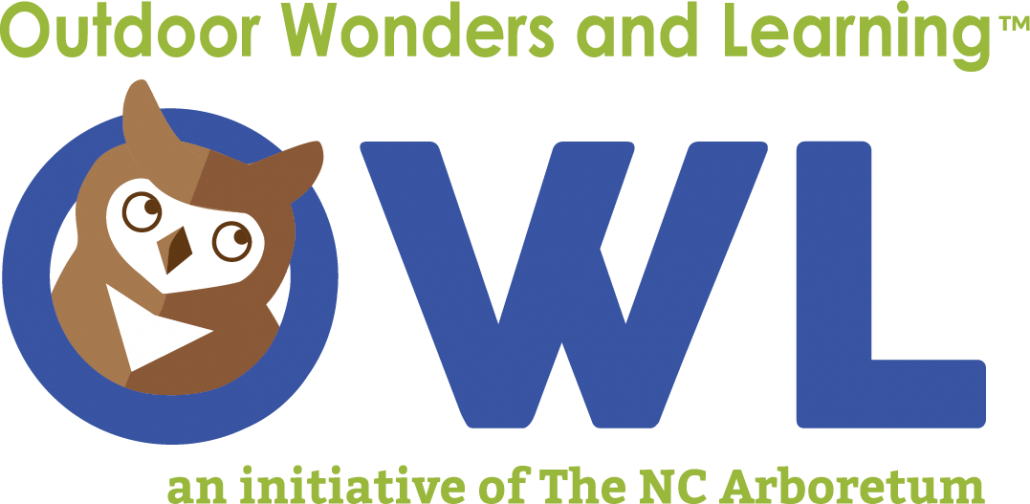UNIT 5
Ecosystems
An ecosystem is the interaction between living and nonliving things in any given environment. These interactions can occur in two different types of ecosystems: terrestrial, or land-based, or aquatic which occur in either freshwater or saltwater ecosystems. In this unit, students will also learn how living organisms interact as either producers, consumers, or decomposers in terrestrial and aquatic ecosystems and what can happen when non-native plants and animals are introduced into new habitats by humans.
TOPIC 5A : Putting the Eco in Ecosystem
Background
All plants and animals need air, water, food, light (plants only), shelter, and space to survive, but does that mean a polar bear could live in the Sahara desert or a cactus on the top of Mount Mitchell? Although these hypothetical questions have probably never been tested, the answer is probably no because both the polar bear and cactus have very specific needs in order to survive in their appropriate environments. A polar bear needs an ecosystem that will support plenty of space and prey for it to hunt, and is cold enough to prevent the polar bear from overheating. Cacti have water-retaining adaptations that enable them to live in dry, desert climates but would not serve them well in the wet, spruce-fir ecosystem of Mount Mitchell. An ecosystem differs from a habitat in that it is a community of different species that interact with each other and in conjunction with the abiotic factors that make up its nonliving environment. This includes but is not limited to rocks, the sun, air, soil, and water.
TOPIC 5B: Producers, Consumers, Decomposers: A Sustainable Cycle
Background
All organisms in an ecosystem have a different role or niche to fill within that environment. Although many organisms share similar roles, no one is exactly the same. When all of the organisms in an ecosystem function in their niche unimpeded, the energy flow within an ecosystem remains balanced and constant. Organisms can fit into three different categories of niches in regards to a balanced energy flow in an ecosystem.
Producers: Are organisms that use photosynthesis —> (sunlight + carbon dioxide + water) to create their own food and energy.
Consumers: Use or gather the energy from producers (herbivores) or by eating other consumers (omnivores or carnivores).
Decomposers: Return energy back to producers by breaking down dead or decomposing organisms. An acronym to remember what organisms make up decomposers is the FBI (no, not the Federal Bureau of Investigation but Fungus, Bacteria, and Invertebrates).
TOPIC 5C: When Humans Meddle
Background
When an ecosystem is healthy and functioning efficiently, energy from the sun remains in the system. Producers grow, consumers eat, reproduce, and die, and decomposers break down biotic factors into soil, thus returning energy back to producers. These processes in an ecosystem are sometimes interrupted by natural factors such as hurricanes, droughts, and earthquakes or by unnatural events caused by humans. Development and habitat loss, erosion, pollution, and the introduction of nonnative species to new ecosystems have all influenced the makeup of the environment today. For example, the Wooly Adelgid, a small insect native to East Asia, was accidentally introduced to the United States in the 1950s. This introduction has had devastating consequences for hemlock trees across the eastern U.S., as the Wooly Adelgid has slowly killed off these native trees. The Wooly Adelgid did not just impact hemlocks but also all of the other organisms that rely on the hemlock for food, shelter, and shade.
When a foreign species is introduced to a new ecosystem this is called an invasive species. Many invasive species are able to thrive in their new environment because they are able to outcompete other plants and animals native to that area. Different invasive species introduce different problems for ecosystems. Some jeopardize the health of the entire ecosystem while other invasives might threaten the population of just one species within an ecosystem. Even worse, invasive species sometimes eat, attack, or damage native species which can reduce population sizes or even cause extinction. Native species are susceptible to foreign plants and animals because they have no natural defense or adaptation to protect themselves from the invading species.

